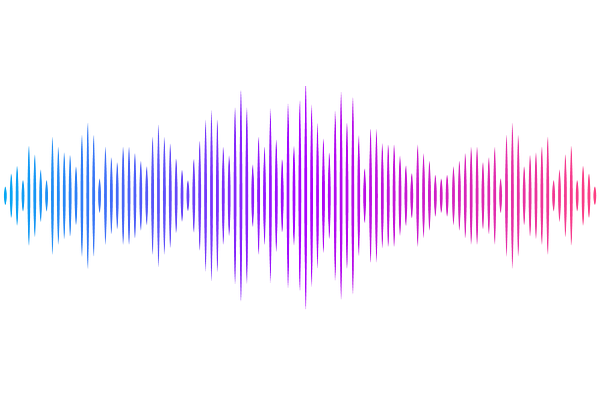A novel transformer-based platform for the prediction and design of biosynthetic gene clusters for (un)natural products

A novel transformer-based platform for the prediction and design of biosynthetic gene clusters for (un)natural products
Kawano, T.; Shiraishi, T.; Kuzuyama, T.; Umemura, M.
AbstractBiosynthetic gene clusters (BGCs), comprising sets of functionally related genes responsible for synthesizing complex natural products, are a rich source of bioactive compounds with pharmaceutical potential. Here, we present a transformer-based framework that models functional domains as linguistic units to capture and predict their positional relationships within genomes. Using a RoBERTa architecture, we trained models on four progressively broader datasets: bacterial BGCs, Actinomycetes genomes, bacterial genomes, and bacterial plus fungal genomes. Evaluation using 2,492 experimentally-validated BGCs from the MIBiG database showed that more than 60% of true domains were ranked first and over 80% within the top 10 candidates. Our models also achieved classification accuracies exceeding 70% for major compound classes including polyketides (PKs) and terpenes. To explore model-guided BGC design, we compared predictions from the BGC-trained and genome-trained models using the BGC for the bacterial diterpenoid cyclooctatin as a case study. The genome-trained model uniquely predicted several domains absent from both the original BGC and the prediction by the BGC-trained model. Heterologous expression of one of those predicted domains in Streptomyces albus, together with the biosynthetic genes for cyclooctatin, yielded an unknown cyclooctatin derivative. This framework not only provides a novel BGC prediction method using machine learning but also facilitates rational design of artificial BGCs. Future integration of transcriptomic, protein structural, and phylogenetic data will enhance the models predictive and generative capabilities, supporting accelerated discovery and engineering of natural products.